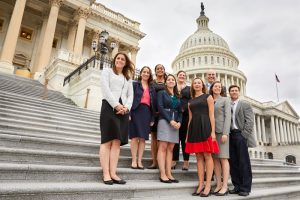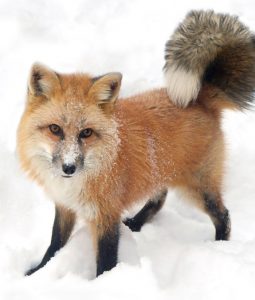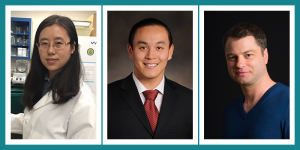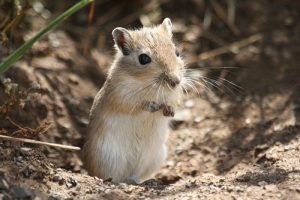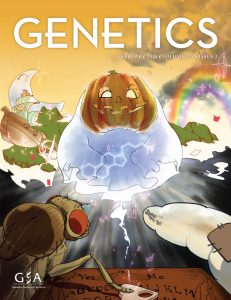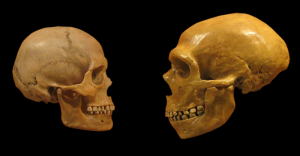Enter your address to receive notifications about new posts to your email.
Featured
-
Featured
A CRISPR shortcut for switching yeast mating types
Wild yeast aren’t picky about their mates. For Saccharomyces cerevisiae, setting the mood is as simple as providing an abundant supply of nutrients, which prompts each yeast cell to search for another of the opposite mating type. If a lonesome yeast cell can’t find a suitable partner, it’s no problem—it can alternate between mating types,…
-
Featured
The Genetics and Public Policy Fellowship: an inside view
For early career geneticists who would like to transition to a policy career, the Genetics and Public Policy Fellowship provides a 16-month training experience designed to bridge the gap. This unique fellowship includes three rotations: time spent at the National Institutes of Health (NIH) within the executive branch, a staff position on Capitol Hill serving…
-
Featured
The fox and the cranium
Although foxes look cuddly, these wild animals are equipped with sharp bites—and temperaments to match. Fear not, however, if you’re dying to get close to theses fluffy foxes: a nearly 60-year-old experiment has produced a line of them that are friendly enough to pet. The process of creating these tame foxes mirrors the way…
-
Featured
The GSA Policy Fellowship Database: a searchable resource for scientists
Policy should be informed by scientific data. It’s critical that scientists are directly involved in ensuring policy decisions both reflect scientific knowledge and support innovation. For scientists interested in shaping public policy, there are many career options, including working for elected officials, government agencies, and nonprofits who advise on policy. However, PhD and postdoc training…
-
Featured
Three GENETICS articles from 2017 recognized with Editors’ Choice Awards
Congratulations to the winners of the Editors’ Choice Awards for outstanding articles published in GENETICS in 2017! The journal’s Editorial Board considered a diverse range of articles, finding many papers worthy of recognition. After much deliberation, they settled on one exceptional article for each of the three award categories: molecular genetics, quantitative genetics, and population and evolutionary genetics.…
-
Featured
Zooming in: population genetics on a mitochondrial level
The mitochondria powering your cells are not all genetically identical. Genetic variation across the mitochondria of a single individual is common. This diversity is called mitochondrial heteroplasmy, and it plays an important role in the severity of mitochondrial disease. Problematically, the complexities of mitochondrial inheritance makes it extremely difficult to predict how this diversity is…
-
Featured
Get outbred: Genetic diversity in laboratory gerbils
Biologists rely on animal models to answer important questions that can’t be addressed with cells in a dish. Often, these animals are deliberately inbred; a less diverse population of animals means that data obtained from experiments with these animals will be less noisy and easier to interpret, so fewer animals are needed for meaningful results.…
-
Featured
Maryam Zaringhalam on why extracurriculars aren’t “extra”
AAAS Science, Technology and Policy fellow Maryam Zaringhalam started community engagement activities during her PhD that helped her transition into a career in science policy and communication. She is currently a leadership member of 500 Women Scientists and a DC producer for The Story Collider. In the Decoding Life series, we talk to geneticists with diverse career…
-
Featured
Behind the cover: Drosophila Halloween genes
Fruit fly mutants can sometimes be grisly. Ecdysteroid hormones control aspects of fly development, including molting and metamorphosis; because aberrations in these genes lead to embryos with a ghastly appearance, they have been collectively dubbed “Halloween genes.” In a study published in GENETICS, Uryu et al. investigated how the expression of these genes is regulated.…
-
Featured
Tales told by ancient human DNA
Archaeologists have long known how to extract millennia-old stories from a single tooth buried in an ancient ruin—and now geneticists have the tools to join them. Advances made in the last several years have enabled researchers to sequence tiny amounts of DNA preserved in very old specimens, such as the material inside a tooth from…
-
Featured
Hyper-conserved sperm proteins can still evolve rapidly
The fastest-evolving genes in eukaryotes commonly encode reproductive proteins—and the rate at which genes for male reproductive proteins change, in particular, often vastly outstrips the rate of change across the genome as a whole. A recent paper in G3: Genes|Genomes|Genetics describes an unusual exception: the amino acid sequences of the most abundant sperm proteins in…


